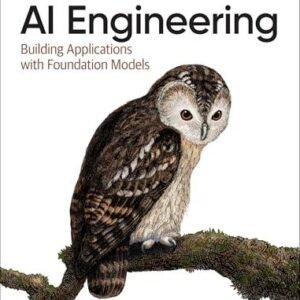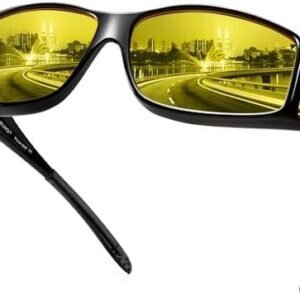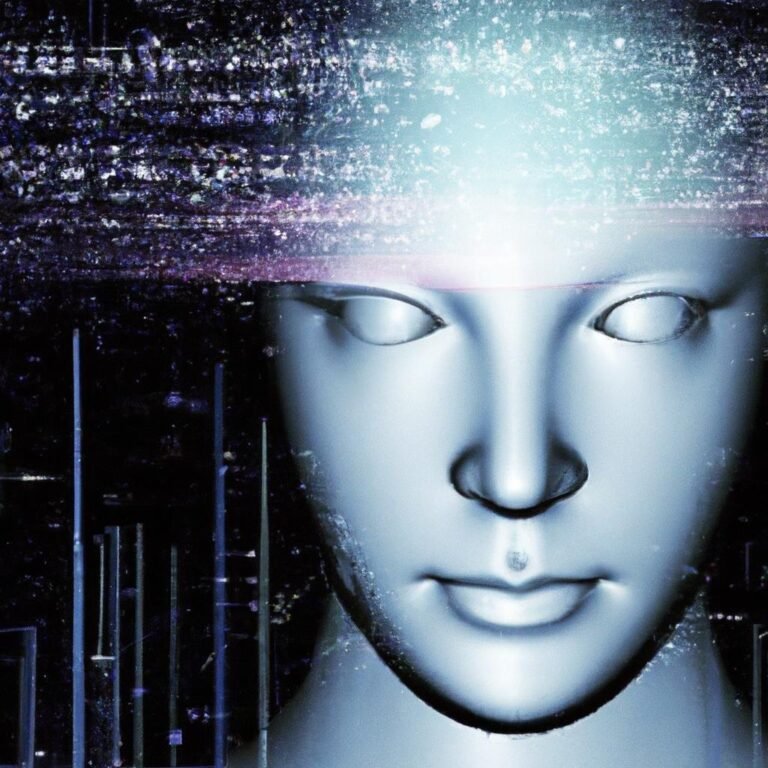In an age where technology evolves at an unprecedented pace, the exploration of artificial intelligence and robotics has unveiled remarkable innovations that blur the lines between science fiction and reality. Among the most captivating developments in this realm are AI-powered humanoids — lifelike machines designed to emulate human behavior, thought, and interaction. This blog embarks on a fascinating journey through the timeline of humanoid robots, tracing their origins, breakthroughs, and their increasing sophistication in our everyday lives. From early mechanical creations to the advanced AI-driven companions of today, we will unravel the advancements that have shaped these intelligent beings, the challenges they have overcome, and the societal impacts they bring. Join us as we explore how these remarkable developments are not only revolutionizing industries but also reshaping our understanding of what it means to be human in an increasingly automated world.
Table of Contents
- Understanding the Origins and Milestones in AI Humanoid Development
- Key Technologies Driving the Transformation of Humanoid Robots
- Examining the Social Implications of AI-Powered Humanoids
- Future Trends: What to Expect in the Next Decade of Human-Robot Interaction
- Concluding Remarks
Understanding the Origins and Milestones in AI Humanoid Development
The evolution of AI-powered humanoids can be traced back to the early days of robotics, where the merging of mechanical engineering, computer science, and cognitive psychology laid the groundwork for intelligent machines. Pioneers such as George Devol and Victor Scheinman initiated the creation of programmable robots in the 1950s, which eventually paved the way for more sophisticated designs. Key milestones in the journey include:
- 1961: Unimate, the first industrial robot, was deployed in a General Motors factory.
- 1996: The introduction of Kismet, the first robot capable of recognizing and interpreting human emotions.
- 2002: ASIMO by Honda, designed with advanced bipedal locomotion.
- 2016: Sophia, the social humanoid robot, gained worldwide attention for her lifelike appearance and conversational abilities.
Throughout these decades, the focus has shifted from mere automation to developing robots that can interact with humans in meaningful ways. The complexity of algorithms and neural networks has significantly increased, allowing humanoids to learn, adapt, and even exhibit traits traditionally associated with human intelligence. The table below showcases some notable advancements in AI humanoid robotics over the years:
| Year | Humanoid | Key Feature |
|---|---|---|
| 2000 | RoboCup Soccer Agents | First demonstration of humanoids playing soccer. |
| 2010 | iCub | Robotics platform for cognitive development. |
| 2021 | Atlas | Advanced mobility and agility in dynamic environments. |
Key Technologies Driving the Transformation of Humanoid Robots
The landscape of humanoid robotics has been dramatically reshaped by several groundbreaking technologies. Machine learning has become a cornerstone, allowing robots to adapt and improve their interactions based on experience. Coupled with advanced computer vision, these humanoids can navigate complex environments and recognize human emotions, significantly enhancing their ability to engage in social settings. Additionally, innovations in natural language processing enable these robots to understand and respond to human speech with remarkable accuracy, fostering genuine conversations that were once the realm of science fiction.
Complementing these advancements, robotic actuators and sensors play a vital role in refining movement and dexterity. These components allow humanoid robots to mimic human-like motions, from walking to gesturing, offering an engaging user experience. Furthermore, the integration of cloud computing provides these robots with access to vast data resources, effectively improving their functionality through continuous learning. The interplay of these technologies not only drives the evolution of humanoid robots but also paves the way for novel applications across various fields such as healthcare, entertainment, and education.
Examining the Social Implications of AI-Powered Humanoids
The emergence of AI-powered humanoids presents a fascinating interplay of technology and society. As these advanced machines become integrated into daily life, they challenge traditional notions of interaction and companionship. The seamless communication abilities of humanoids may reshape family dynamics, fostering both connection and detachment. For instance, the presence of a humanoid companion in the home can lead to increased engagement for some, particularly the elderly and children, while conversely fostering feelings of isolation among others as they spend less time with human counterparts.
Moreover, the implications of humanoid integration extend to the workforce, where automation and artificial intelligence can disrupt established job markets. Consider the following potential outcomes:
- Job Displacement: Many roles may become obsolete as humanoids take over repetitive or hazardous tasks.
- Creation of New Roles: Surprising growth in sectors like AI maintenance and ethical governance.
- Social Stratification: Enhanced disparities between those with access to advanced technologies and those without.
To better understand this landscape, the following table highlights key sectors influenced by humanoids:
| Sector | Impact |
|---|---|
| Healthcare | Improved patient care but potential for job loss in administrative roles. |
| Education | Enhanced personalized learning experiences but questions about teacher roles. |
| Service Industry | Efficiency gains versus loss of personal touch and jobs. |
Future Trends: What to Expect in the Next Decade of Human-Robot Interaction
The next decade promises to bring groundbreaking advancements in human-robot interaction that will reshape our daily lives and workflows. With the integration of enhanced algorithms and machine learning, robots will become increasingly adept at understanding and responding to human emotions, intentions, and social cues. This evolution will be underpinned by the following trends:
- Emotionally Intelligent Robots: Future humanoids will leverage advanced AI systems to perceive and interpret human emotions through facial recognition and voice tone analysis.
- Augmented Reality Integration: AR will enhance interaction by allowing users to visualize robotic functions alongside their physical counterparts, providing a seamless experience.
- Collaborative Robots: Known as cobots, these humanoids will work alongside humans in various industries, learning from their counterparts to optimize tasks in real-time.
- Personalization: Robots will be programmed to adapt their behaviors, learning from user interactions to provide tailored responses and experiences.
Moreover, ethical considerations and user privacy will become paramount as interactive robots become household fixtures. Developers will focus on creating transparent algorithms that not only adhere to regulations but also empower users to control their interaction data. Envisioning this future, a snapshot of emerging technologies in human-robot interaction reveals:
| Technology | Potential Impact |
|---|---|
| Natural Language Processing | Improved conversational AI for more intuitive communication. |
| Robotic Vision | Enhanced situational awareness leading to safer and more responsive interactions. |
| Machine Learning | Adaptive learning algorithms that evolve with user interaction. |
| Cloud Computing | Real-time data processing and analysis for smarter decision-making. |
Concluding Remarks
As we stand at the crossroads of technological advancement and human innovation, the journey through time reveals the remarkable evolution of AI-powered humanoids. From the whimsical creations of early science fiction to today’s sophisticated machines that blend seamlessly into our daily lives, the progress we’ve witnessed is a testament to human ingenuity. As we look ahead, it is essential to consider the implications of these developments—how they will reshape industries, challenge our notions of identity, and redefine the very essence of what it means to be human.
The future promises even more exciting advancements in this field, pushing the boundaries of both artificial intelligence and robotics. As researchers and engineers continue to refine these humanoids, we’ll likely see them not only as tools but as companions and collaborators in our quest for knowledge and creativity.
In closing, the evolution of AI-powered humanoids is not just a story of technological progress; it’s a reflection of our aspirations and challenges as a society. Let us engage in this conversation, exploring the possibilities while remaining mindful of the ethical considerations that accompany such innovations. Together, we can navigate this fascinating frontier of human and machine interaction, ensuring that the journey ahead is one of shared growth and enlightenment. Thank you for joining us on this exploration of the past, present, and future of AI-powered humanoids.





